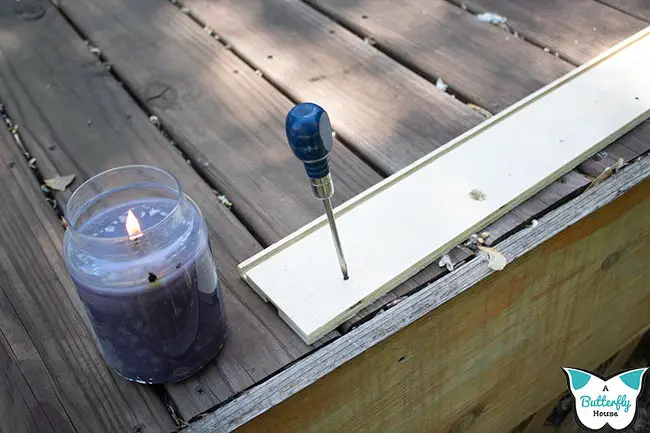What Happens If You Stain Pressure Treated Wood Too Soon: Pitfalls to Avoid
Pressure treated wood is a popular choice for outdoor projects such as decks, fences, and outdoor furniture. It is specifically treated to withstand the elements and resist rot, decay, and insect infestation. However, if you decide to stain pressure treated wood too soon after installation, it can lead to a range of issues that can affect the appearance and longevity of your project.
Understanding Pressure Treated Wood
Pressure treated wood is infused with chemicals that provide protection against rot and insect damage. These chemicals are forced into the wood under pressure, creating a durable and long-lasting material for outdoor use. However, the process also leaves the wood with a high moisture content, which needs to evaporate before staining or sealing.
What Happens If You Stain Pressure Treated Wood Too Soon?
Staining pressure treated wood before it has dried sufficiently can lead to several potential problems:
Uneven Stain Absorption
When pressure treated wood is still wet, it can result in uneven stain absorption. The moisture content in the wood will prevent the stain from penetrating evenly, leading to a blotchy or streaky appearance.
Poor Adhesion
The moisture in the wood can also hinder the adhesion of the stain. This can cause the stain to peel, crack, or bubble over time, leaving your project vulnerable to the elements and compromising its appearance.
Mold And Mildew Growth
Applying stain to wet pressure treated wood creates an environment conducive to mold and mildew growth. The trapped moisture can provide the perfect conditions for these fungi to thrive, leading to unsightly stains and potential health hazards.
Reduced Longevity
Staining pressure treated wood too soon can compromise its long-term durability. The premature application of stain can trap moisture within the wood, accelerating the decay process and reducing the lifespan of your project.
How Long to Wait Before Staining Pressure Treated Wood
It is crucial to allow pressure treated wood to dry properly before staining. The amount of time needed for the wood to dry depends on several factors, including the climate, the type of wood, and how it was treated. As a general guideline, it is recommended to wait at least 6 months before staining new pressure treated wood. However, a simple moisture test can provide a more accurate indication of when the wood is ready for staining.

Credit: www.sand-stain.com
Steps for Staining Pressure Treated Wood
When the pressure treated wood is adequately dried, here are the steps to effectively stain it:
- Clean the wood surface to remove any dirt, debris, and mildew.
- Sand the wood to create a smooth surface for the stain to adhere to.
- Apply a wood brightener to restore the wood’s natural pH and remove any remaining mildew stains.
- Choose a high-quality, water-repellent wood stain and apply it following the manufacturer’s instructions.
- Allow the stain to dry completely before using the wood for any projects.
Frequently Asked Questions For What Happens If You Stain Pressure Treated Wood Too Soon: Pitfalls To Avoid
What Happens If Pressure Treated Wood Is Stained Too Soon?
Staining pressure treated wood too soon can lead to poor adhesion and premature wearing-off of the stain.
Why Is It Important To Wait Before Staining Pressure Treated Wood?
It’s crucial to allow pressure treated wood to weather and dry out to ensure better stain absorption and adhesion.
How Long Should You Wait Before Staining Pressure Treated Wood?
Generally, it’s recommended to wait at least 6 months before staining pressure treated wood for optimal results.
Can Staining Pressure Treated Wood Too Soon Cause Discoloration?
Staining too soon may result in uneven coloration and potential damage to the wood’s natural beauty.
Conclusion
Properly staining pressure treated wood is essential for enhancing its appearance and extending its lifespan. By allowing the wood to dry adequately before applying stain, you can ensure a more even and long-lasting finish for your outdoor projects.






